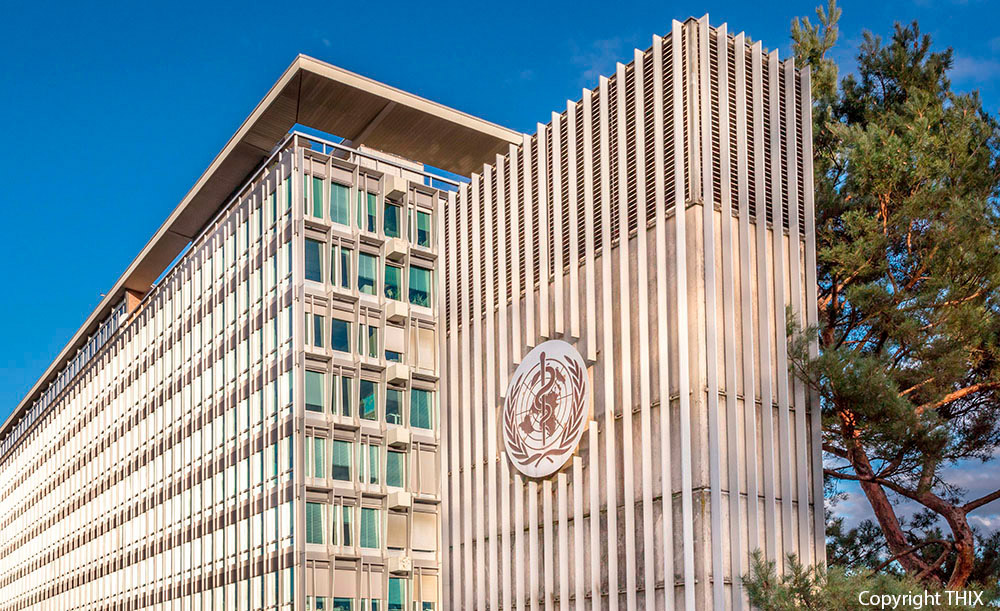Will you also vaccinate your pets against COVID-19?
After the first vaccine against coronavirus in animals was registered in Russia in March, veterinary clinics in the country have started using the new preparation “Kornivak Kov”, Rosselkhoznadzor reports.
According to the BBC, the European Union, along with Japan, South Korea, and Argentina, have also expressed interest in similar vaccinations of pets and farm animals. These are dogs, cats, monkeys, and minks.
Although there is no real evidence that the virus is actively transmitted from farmed animals to humans, scientists say that infections have been confirmed in various animal species, which in turn favors the development of mutations.
Clinical trials of the Russian animal vaccine show that immunity lasts about 6 months after immunization with Kornivak Kov.
The American veterinary pharmaceutical company Zoetis, which is also working on another vaccine, has set a similar goal to protect its animals.
According to scientists, the vaccine would be used mainly on animal farms, as minks have been shown to be more susceptible to the virus. In most cases, the disease is severe and leads to many deaths. Some studies show that there is evidence that mink have transmitted a mutated version of the virus to humans.
EU rules make it easier to travel to another EU country (in this case the 27 EU countries + Norway) with your dog, cat, or ferret. These rules also cover travel to the EU from a country or territory outside the Union.
With a few exceptions, your pet may travel with you to another EU country or from a non-EU country to a country in the Union if it has:
- a microchip (in accordance with the technical requirements of Annex II to the EU Pet Movement Regulation) or a clearly legible tattoo, if affixed before 3 July 2011.
- rabies vaccination
- treatment against tapeworm Echinococcus multilocularis, if necessary (not required for dogs traveling directly between Finland, Ireland, Malta, and Norway)
- a valid European passport for pets when traveling to another EU country, or an EU veterinary health certificate when traveling from outside the Union.
Warning
EU rules on travel with pets apply to personal travel with pets where there is no change of owner or sale.
The European Pet Passport is a document that follows a standard EU model and is essential for travel between EU countries. It contains a description and details of your pet, including the code of its microchip or tattoo, as well as information about the rabies vaccination and contact details of the owner and veterinarian who issued the passport. You can obtain a European passport for your dog, cat, or ferret from any veterinarian who has permission from the relevant authorities to issue passports for pets. The pet passport is valid for life, provided that your pet’s rabies vaccination is up to date.
The EU Veterinary Health Certificate is another type of document that contains specific information about your pet (identity, health, rabies vaccines) and is based on a standard EU model.
If you are traveling from outside the EU or territory, your pet must have an EU veterinary health certificate approved by an official veterinarian in the country of departure no more than 10 days before the date of arrival of your pet in the EU. The certificate shall be valid for travel between the countries of the Union for a period of 4 months from that date or until the expiry of the rabies vaccination, whichever is the first.
In addition, you must complete and attach to your animal’s veterinary health certificate a written declaration stating that its movement is for non-commercial purposes. This declaration is also required if your pet is traveling with a person authorized by you. In this case, your pet should reach you within 5 days of changing your location.
European pet passports are issued only for dogs, cats, and ferrets. If you are traveling to another EU country with other pets, such as birds, ornamental aquatic animals, reptiles, rodents, or rabbits, check the national rules of the country you plan to visit for information on entry conditions.
If you travel to an EU country from Andorra, Switzerland, the Faroe Islands, Greenland, Iceland, Liechtenstein, Monaco, Norway, San Marino, the Vatican, your pet can also enter the Union with a passport issued in one of these countries.







